Home

Women Specific Issues

Rectocele Causes, Symptoms & Treatment
In this Article
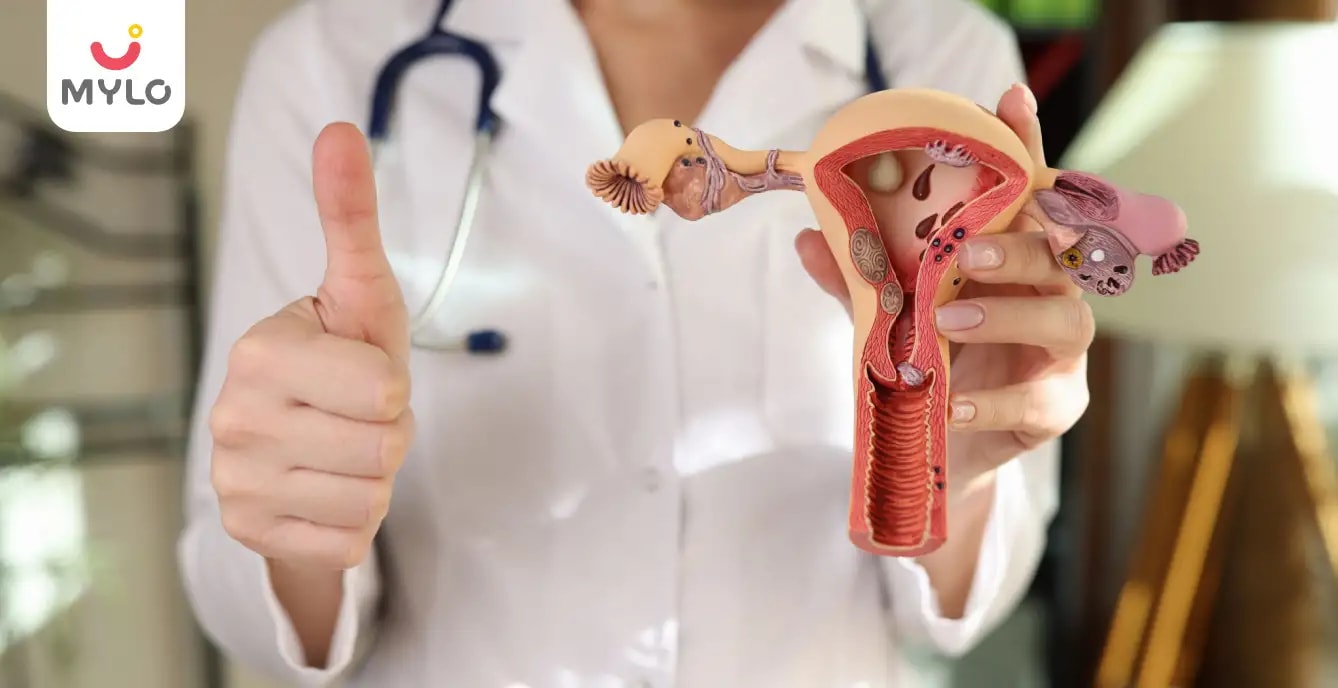
Women Specific Issues
Rectocele Causes, Symptoms & Treatment
Updated on 3 November 2023
Women's issues like rectocele are often uncomfortable to talk about, but vital. This is a condition when the rectum bulges into, or even out of, the vagina. This is because of weakened or stretched pelvic floor muscles that can no longer support the rectum in its place.
Women need to learn about rectocele, its causes, symptoms and treatment options to make informed decisions with their medical providers. Here we will discuss rectocele meaning, the different symptoms of rectocele, its causes and treatment options.
What you must understand
One must understand that rectocele is not a disease or infection. It does not affect a woman's ability to conceive or carry out any other activity. Various factors can cause rectocele, which may worsen over time. Women must understand the importance of being aware of rectocele and its symptoms. It is essential to consult a doctor if a person has any of the rectocele symptoms.
Describe a rectocele
Rectocele is a bulge of tissue in the vagina. It occurs when the tissue between the rectum and vagina becomes weak or torn. This causes the rectum to push against the vaginal wall.
Excessive stress and strain on the pelvis from activities such as childbirth and chronic constipation. Other similar exertions can cause a posterior vaginal prolapse.
While rectal prolapse is a situation in which the rectum slips out of place and protrudes out through the anus, partial rectal prolapse is when only a part of the rectum slips out of place and protrudes through the anus.
A small prolapse may not cause the symptoms to appear. However, in severe cases, the rectum may protrude from the vagina.
Who is affected by rectoceles?
Women of all ages can suffer from rectoceles. It is more common in postmenopausal women and those who have had multiple childbirth.
Other factors that increase the risk of a rectocele include obesity, smoking and a family history of pelvic organ prolapse.
Causes of rectocele
Pelvic floor pressure or trauma can cause posterior vaginal prolapse. Causes of increased pelvic floor pressure include:
- Tears related to childbirth
- Forceps or surgical vaginal delive ries
- Persistent constipation or difficulty having a bowel movement
- Persistent cough or bronchitis
- Lifting heavy objects repeatedly
- Overweight
Symptoms of rectocele
Rectocele symptoms can be vaginal, rectal, or both and often include the following:
- A feeling of pressure inside the pelvis.
- A sensation that something falls or hangs inside the pelvis.
- The symptoms are worse when standing up and are relieved when lying down.
- Pain in the lower abdominal area.
- Low back pain
- A bulging mass can be felt inside the vagina.
- Vaginal bleeding that is not related to the menstrual cycle.
- Painful or impossible vaginal intercourse.
- Constipation.
- Problems like having a bowel movement, as faeces get trapped in the rectocele.
- A sensation that the intestine is not empty.
- Faecal incontinence (sometimes).
Diagnosis of rectocele
Different tests can be employed to diagnose rectocele. The most common test is a physical exam, which includes a pelvic exam and a vaginal examination. The doctor will check the area for a bulge and ask questions about any symptoms.
Consulting a doctor is the best way to diagnose rectocele. The doctor may ask for an imaging test to better view the rectum and vagina. To thoroughly diagnose the space, consider having an ultrasound or pelvic X-ray. Consulting a doctor is the best way to diagnose rectocele.
Treatment for Rectocele
The following options are the treatment of rectocele:
1. Pelvic floor exercises
Pelvic floor exercises are the most effective way to manage and treat rectocele. These exercises can strengthen the vaginal muscles and help prevent symptoms from worsening.
2. Pelvic floor physical therapy
This therapy helps restore the pelvic floor muscles' natural strength and flexibility.
3. Supportive devices
Special devices, such as a pessary or a brace, can be inserted into the vagina to support the rectum.
4. Surgery
If other treatments do not work, surgery is required. The type of surgery used depends on the severity of the rectocele and other factors.
Prevention of Rectocele
To help prevent posterior vaginal prolapse from getting worse, you might try the following:
1. Kegel exercises:
Strengthening the pelvic floor is invaluable for postpartum mothers.
2. Treat and prevent constipation:
Hydrate with plenty of liquids and incorporate high-fibre foods into your diet.
3. Avoid lifting heavy objects the incorrect way:
When lifting, use your legs instead of your waist or back.
4. Control cough:
Seek treatment for chronic cough or bronchitis, and don't smoke.
5. Avoid weight gain:
Ask the health care provider to help in determining the ideal weight.
Difference between Cystocele and Rectocele
Rectocele and Cystocele both involve a type of protrusion that happens in the pelvis. However, they are not the same thing.
While cystocele involves a displacement of the bladder, rectocele involves a displacement of the rectum. The treatment for both conditions is similar.
Pelvic floor physical therapy and supportive devices typically treat Cystocele. However, rectocele may require surgery.
FAQs
1. What happens if rectocele is not treated?
The symptoms of rectocele can worsen over time if not treated. This may lead to more serious problems like constipation, pain during intercourse, and incontinence.
2. How does a rectocele affect bowel movements?
A rectocele can make it difficult for the stool to pass through the rectum. It can cause constipation or incomplete bowel movements. It may also cause feelings of discomfort or pressure during bowel movements.
3. How does a rectocele feel?
A rectocele can cause feelings of pressure or fullness in the pelvic area. It may also cause pain when urinating or during sexual activities.



Written by
Loveleen Gupta
A working mother with more than two decades of experience in writing for the publishing industry and digital space, Loveleen Gupta loves dabbling in creative writing also. A graduate from Miranda House, she uses her personal experiences to express herself.
Read MoreGet baby's diet chart, and growth tips
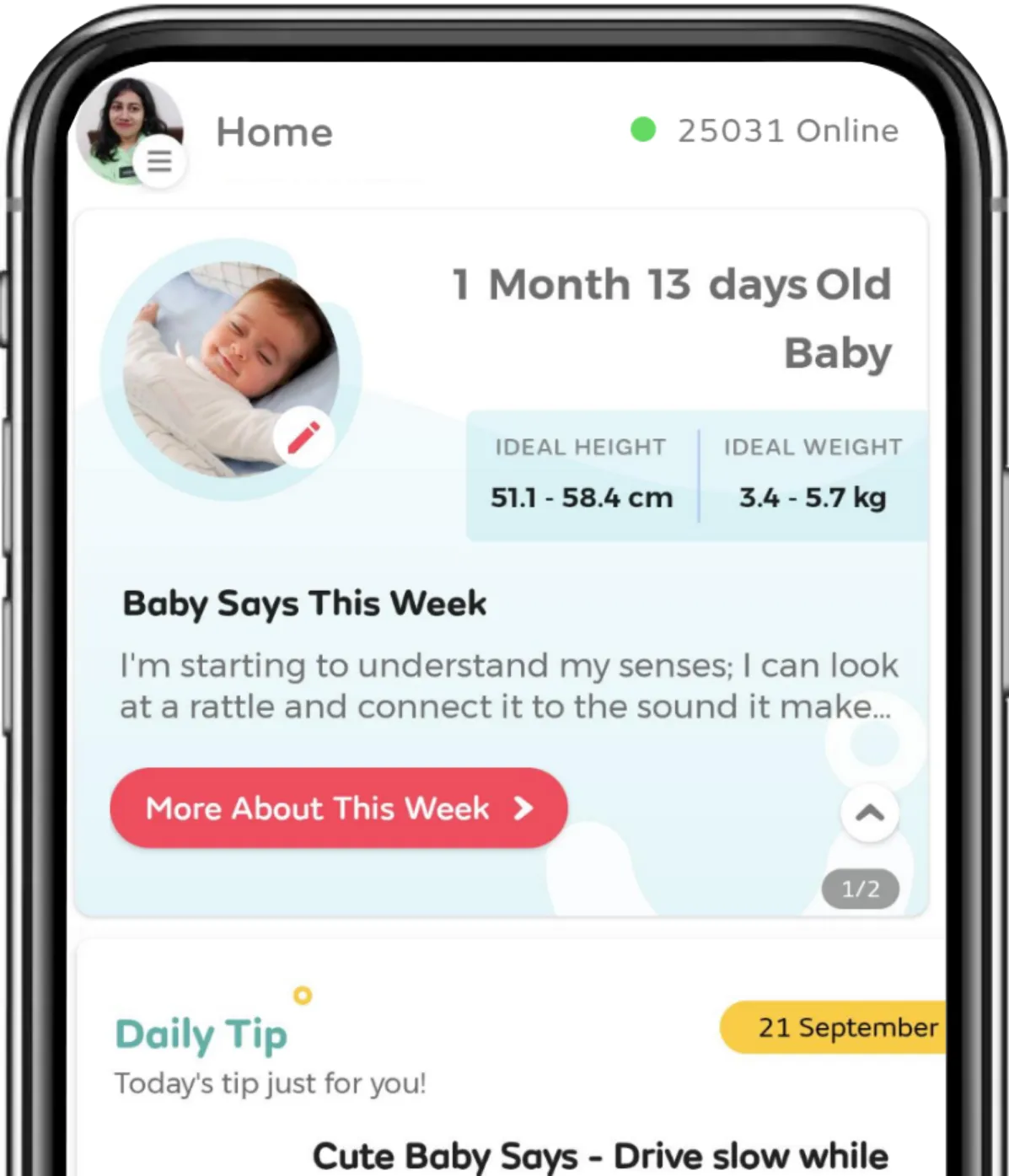
Related Articles
Related Questions
Influenza and boostrix injection kisiko laga hai kya 8 month pregnancy me and q lagta hai ye plz reply me

Hai.... My last period was in feb 24. I tested in 40 th day morning 3:30 .. That is faint line .. I conculed mylo thz app also.... And I asked tha dr wait for 3 to 5 days ... Im also waiting ... Then I test today 4:15 test is sooooo faint ... And I feel in ma body no pregnancy symptoms. What can I do .

Baby kicks KB Marta hai Plz tell mi

PCOD kya hota hai

How to detect pcos

Related Topics
RECENTLY PUBLISHED ARTICLES
our most recent articles
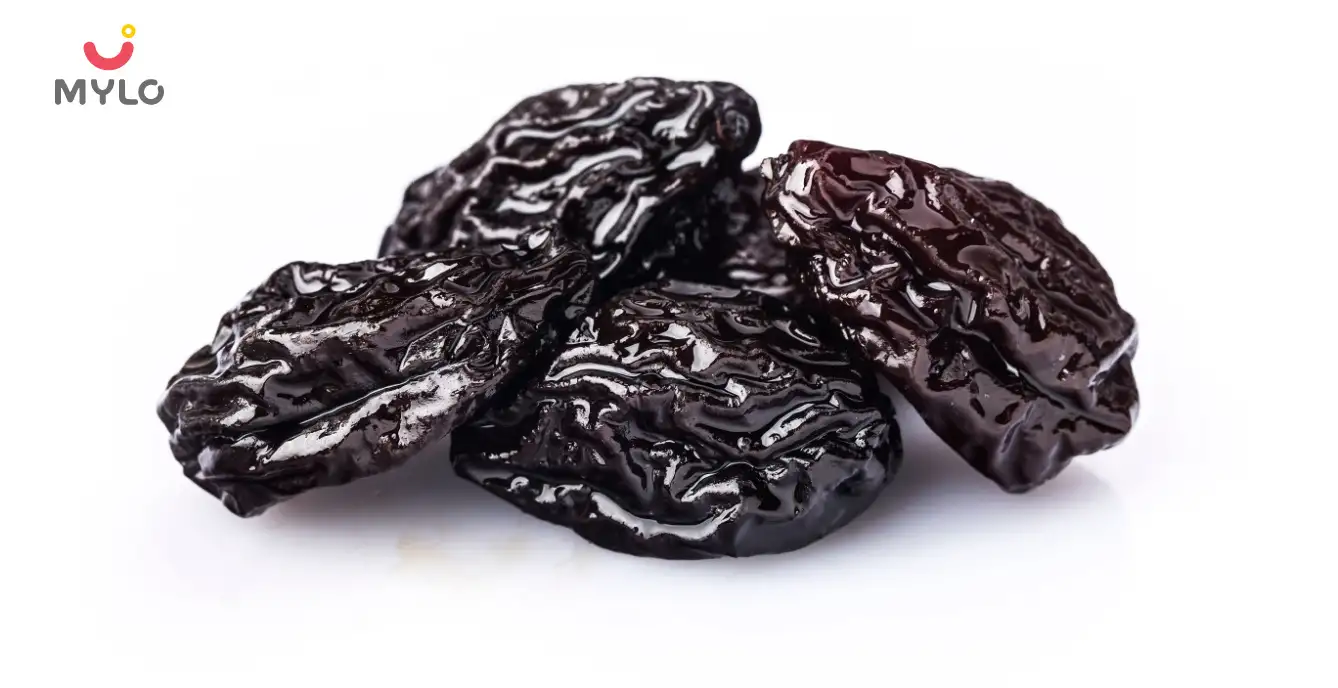
Diet & Nutrition
গর্ভাবস্থায় আলুবোখরা: উপকারিতা ও ঝুঁকি | Prunes During Pregnancy: Benefits & Risks in Bengali
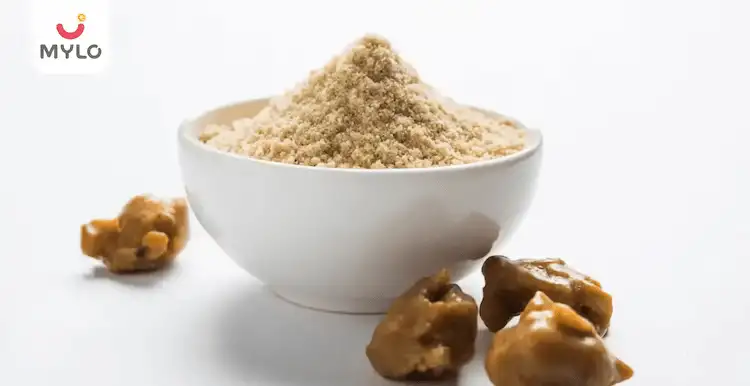
Diet & Nutrition
গর্ভাবস্থায় হিং | ঝুঁকি, সুবিধা এবং অন্যান্য চিকিৎসা | Hing During Pregnancy | Risks, Benefits & Other Treatments in Bengali
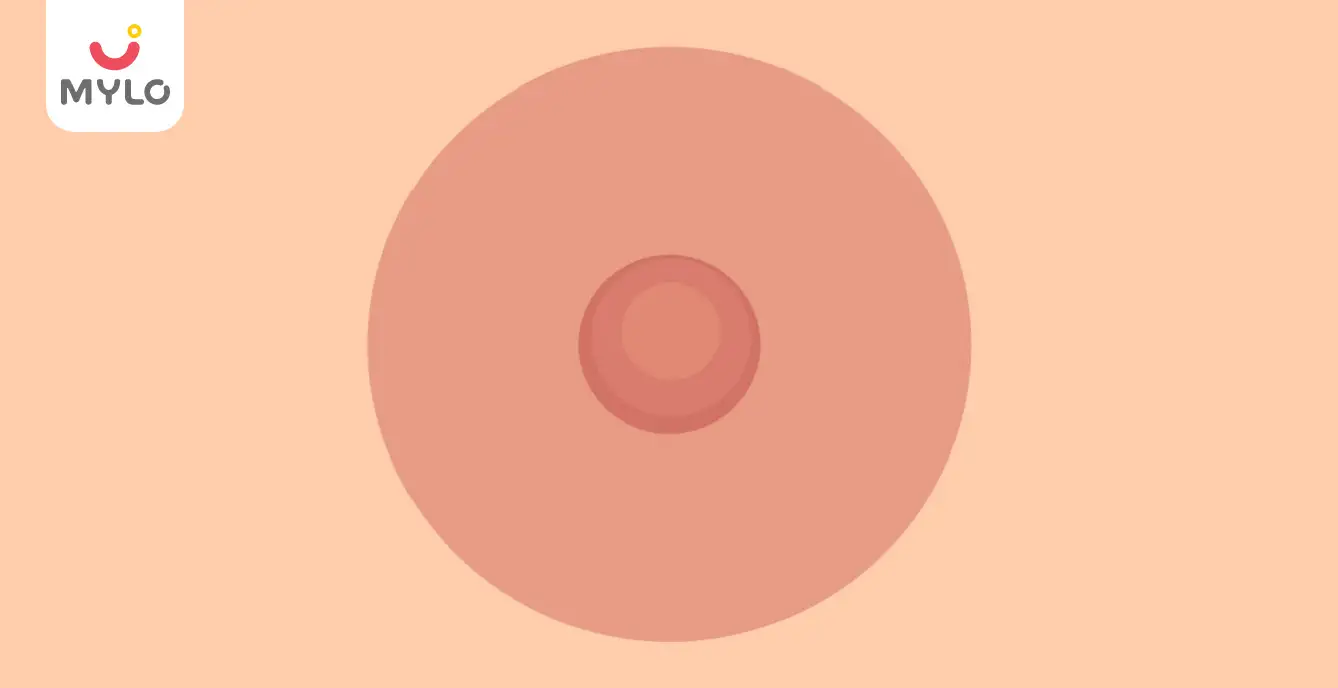
Women Specific Issues
স্তনের উপর সাদা দাগ: লক্ষণ, কারণ এবং চিকিৎসা | White Spots on Nipple: Causes, Symptoms, and Treatments in Bengali

Diet & Nutrition
গর্ভাবস্থায় পোহা: উপকারিতা, ধরণ এবং রেসিপি | Poha During Pregnancy: Benefits, Types & Recipes in Bengali
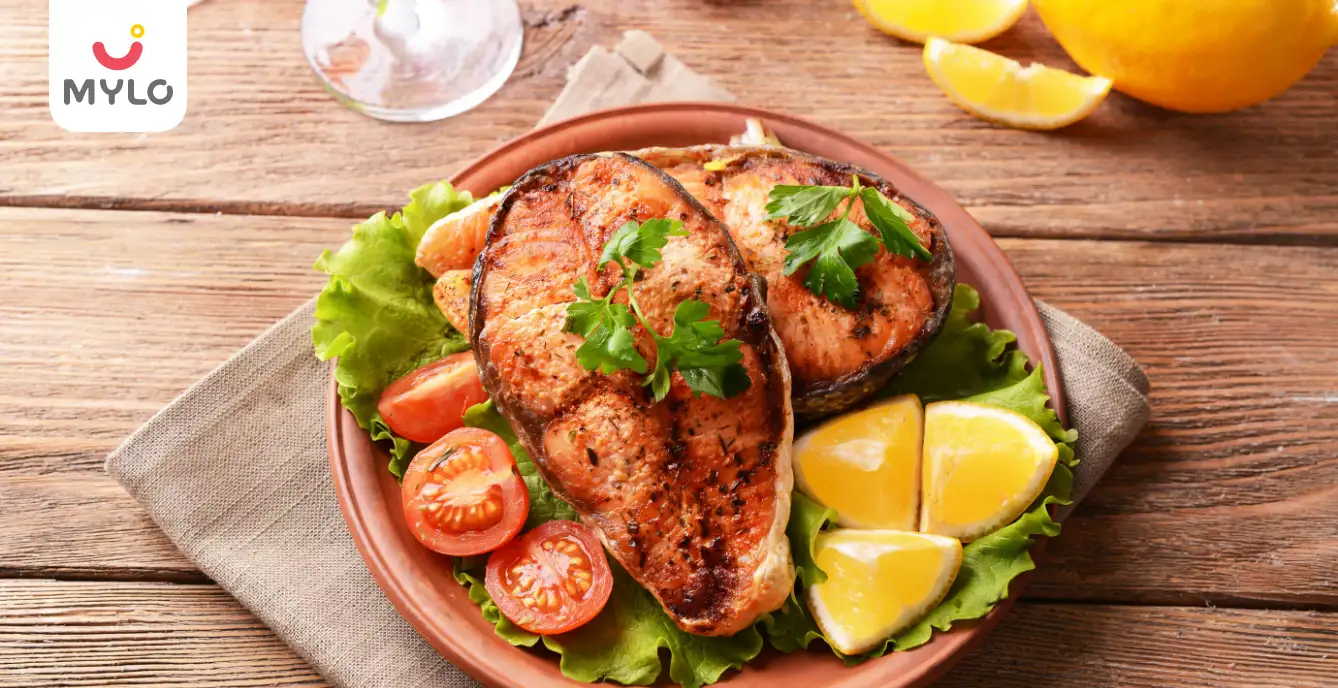
Diet & Nutrition
গর্ভাবস্থায় মাছ: উপকারিতা এবং ঝুঁকি | Fish In Pregnancy: Benefits and Risks in Bengali
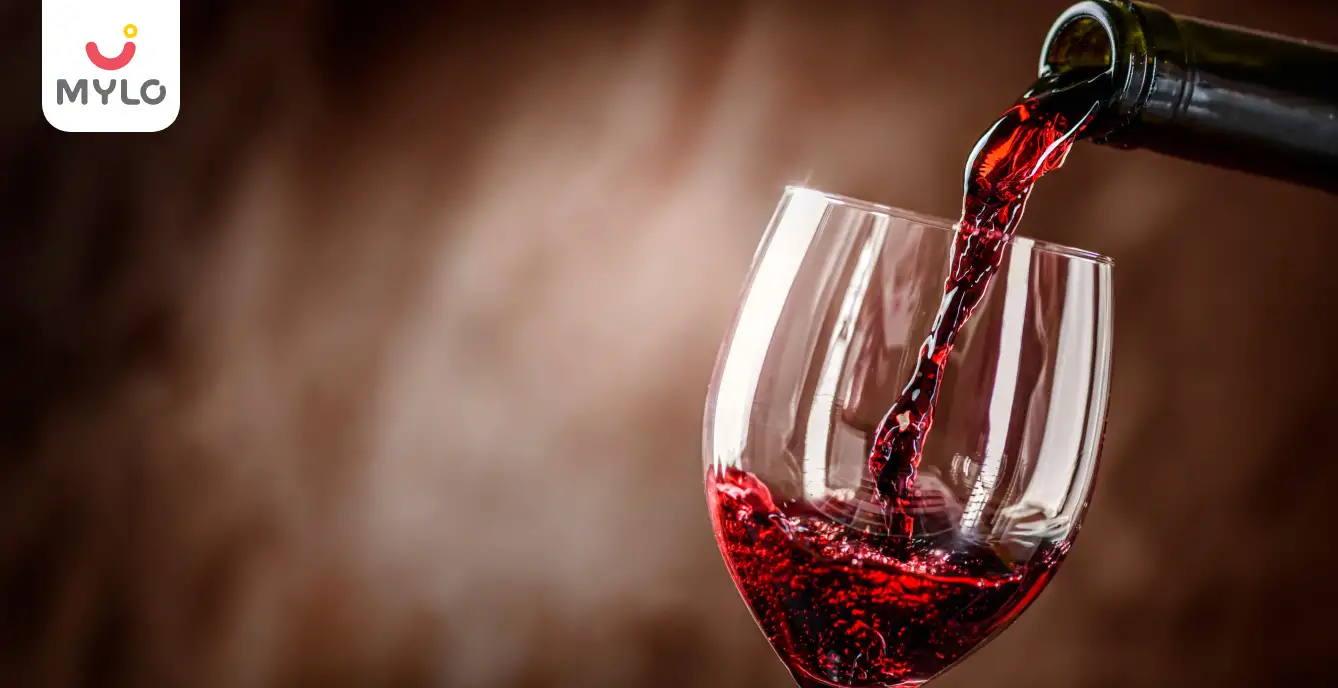
Diet & Nutrition
গর্ভাবস্থায় রেড ওয়াইন: পার্শ্ব প্রতিক্রিয়া এবং নির্দেশিকা | Red Wine During Pregnancy: Side Effects & Guidelines in Bengali
- ইনার থাই চ্যাফিং: কারণ, উপসর্গ এবং চিকিৎসা | Inner Thigh Chafing: Causes, Symptoms & Treatment in Bengali
- গর্ভাবস্থায় ব্রাউন রাইস: উপকারিতা ও সতর্কতা | Brown Rice During Pregnancy: Benefits & Precautions in Bengali
- Velamentous Cord Insertion - Precautions, Results & Safety
- Unlock the Secret to Flawless Skin: 7 Must-Have Qualities in a Face Serum
- Unlock the Secret to Radiant Skin: How Vitamin C Serum Can Transform Your Complexion
- Gender No Bar: 10 Reasons Why Everyone Needs a Body Lotion
- Unlock the Secret to Radiant Skin How to Choose the Perfect Body Lotion for Your Skin Type
- Top 10 Reasons to Apply a Body Lotion After Every Bath
- Communication in Toddlers: Milestones & Activities
- How to Improve Vocabulary for Toddlers?
- A Comprehensive Guide to Understanding Placenta Accreta
- Vulvovaginitis in Toddlers Causes, Symptoms and Treatment
- A Comprehensive Guide to Understanding Cerebral Palsy in Children
- Bitter Taste in Mouth During Pregnancy: Understanding the Causes and Remedies


AWARDS AND RECOGNITION

Mylo wins Forbes D2C Disruptor award
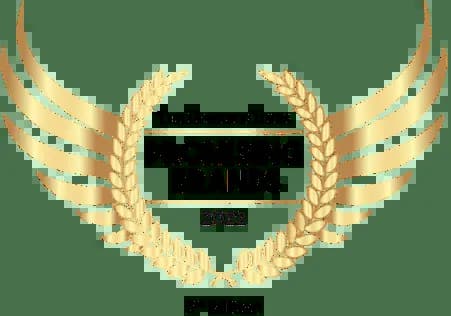
Mylo wins The Economic Times Promising Brands 2022
AS SEEN IN
















- Mylo Care: Effective and science-backed personal care and wellness solutions for a joyful you.
- Mylo Baby: Science-backed, gentle and effective personal care & hygiene range for your little one.
- Mylo Community: Trusted and empathetic community of 10mn+ parents and experts.
Product Categories
baby carrier | baby soap | baby wipes | stretch marks cream | baby cream | baby shampoo | baby massage oil | baby hair oil | stretch marks oil | baby body wash | baby powder | baby lotion | diaper rash cream | newborn diapers | teether | baby kajal | baby diapers | cloth diapers |








